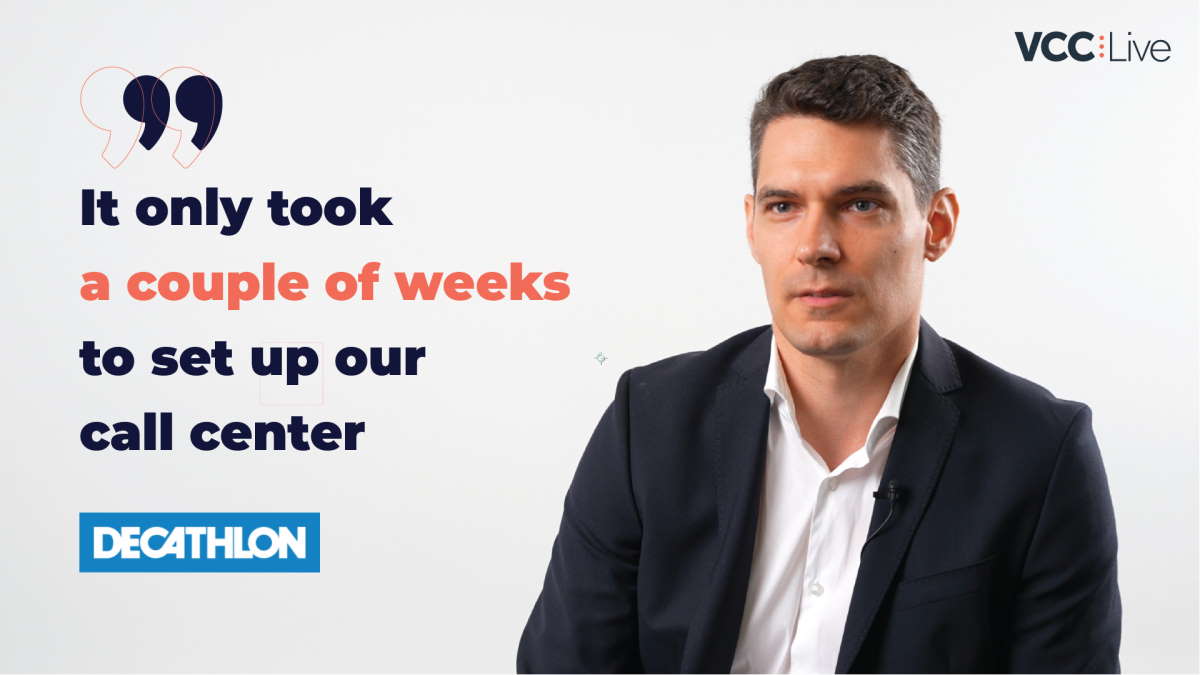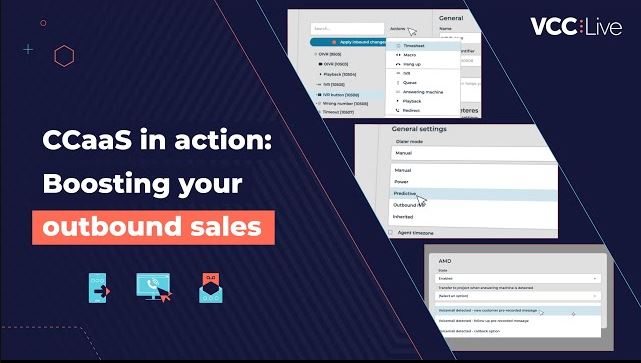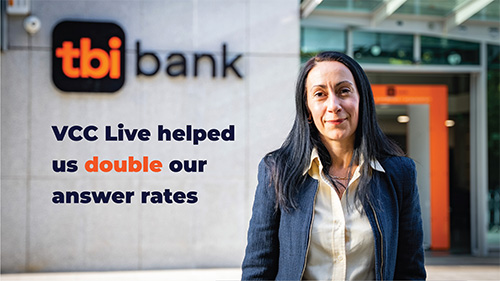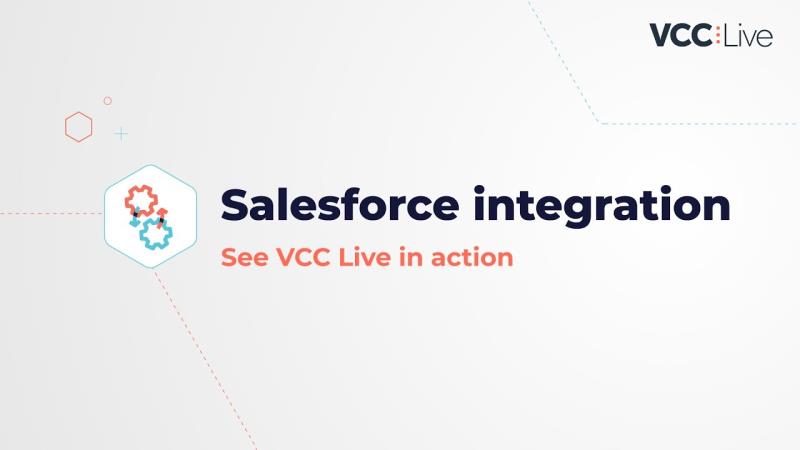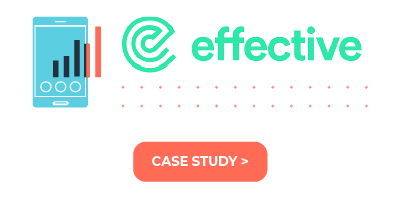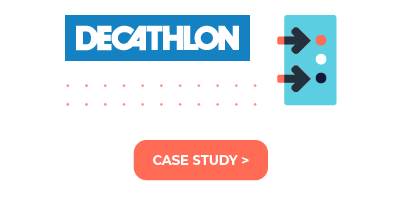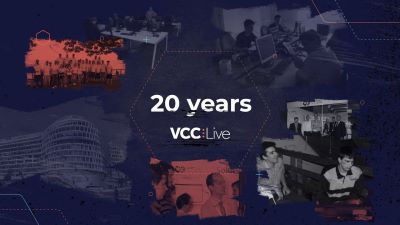As the businesses are reacting to mobility restrictions by shifting to remote platforms, they are also struggling to rethink their customer experience journey. Recent developments have meant fundamental shifts in customer journey experiences from learning about products and services, all the way to purchasing. Here are a few essential steps to help you provide the best possible customer experience in a fast-phased digital landscape.
Monitor trends
Keeping up to date with your customer data is more important than ever. In times of uncertainty, you need to keep in line with rapidly changing consumer behaviors in order to keep your business afloat. This will help you determine where to focus your CX efforts in terms of products and promotions and it will help you determine how to communicate with your clients.
There are already collective efforts to help businesses monitor their industry, such as Commerce Insight. Tools such as Commerce Insight help companies keep track of daily consumer behaviors at an international level. Keeping your online communications in line with client behavior will help you keep your customer experience journey on track. Additionally, most contact center solutions have monitoring options that enable you to track your real-time client history, from which you can analyze customer behavior trends.
Use data that you already have
It is important to use data that you already have when communicating with existing clients. Expectations in relation to online customer service are changing in the accelerated business landscape of online services. Make sure that your technology is up to date, so you can provide seamless customer experience, even when your operations are fully remote.
Use a data-driven omnichannel strategy, in order to be able to efficiently communicate with your clients on all platforms. The solution offered by VCC Live not only allows you to integrate your channels but also displays all your customer information on the same platform, helping your agents easily interact with existing customers. This way, customers don’t have to have to repeat the information they have already shared with you on a different channel.
Invest in mobile technologies
If you haven’t already started investing in mobile technologies, now is the perfect time to do so! Mobility ranks high among the benefits of digital customer experience, with customers actively preferring to carry out even the smallest customer service activity using their mobile phones. Businesses need to embrace this concept, especially given the fact that client expectations have increasingly turned towards digitalization. In light of recent developments, clients expect to manage all their interactions with you on a digital platform.
In order to follow this trend, start thinking about implementing technologies such as remote customer identification and online payment. Remote ID allows businesses to identify their customers via video chat instead of requiring them to visit a physical location to be identified. Additionally, over the phone payment technologies, such as VCC Live pay enable your clients to make secure, real-time payments during phone conversations with agents from the comfort of their home!
Engaged and accountable employees
Engaged, solution-oriented, and accountable employees are some of the fundamental elements of a good customer journey experience. Whether remote or not, make sure that you are able to easily assess your agents’ work and give them instant feedback in order to ensure high levels of customer satisfaction, regardless of the situation you are in.
There are a variety of tools available for this, including VCC Live’s Quality Management tool, that enables you to give instant feedback to your employees. Additionally, VCC Live’s real-time monitoring option can also give you direct insights into ongoing agent conversations, and call-whispering features allow you to give feedback or help an agent without the customer hearing. If necessary you are also able to join agent-client conversations in a conference mode.
With the right data and technologies in hand, you should be able to become a responsive, fast decision-maker, enabling you to provide a seamless customer journey experience. By monitoring trends, using data and technologies the right way, and establishing tools to motivate your employees, you will be well on your way to establishing a resilient infrastructure, regardless of disruptions.
